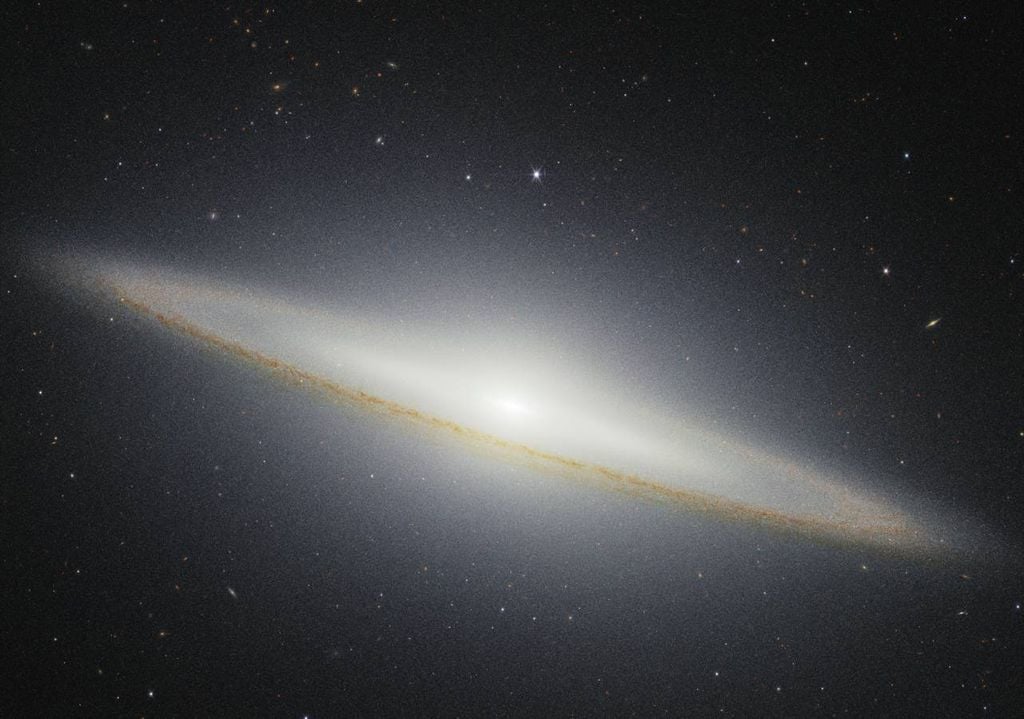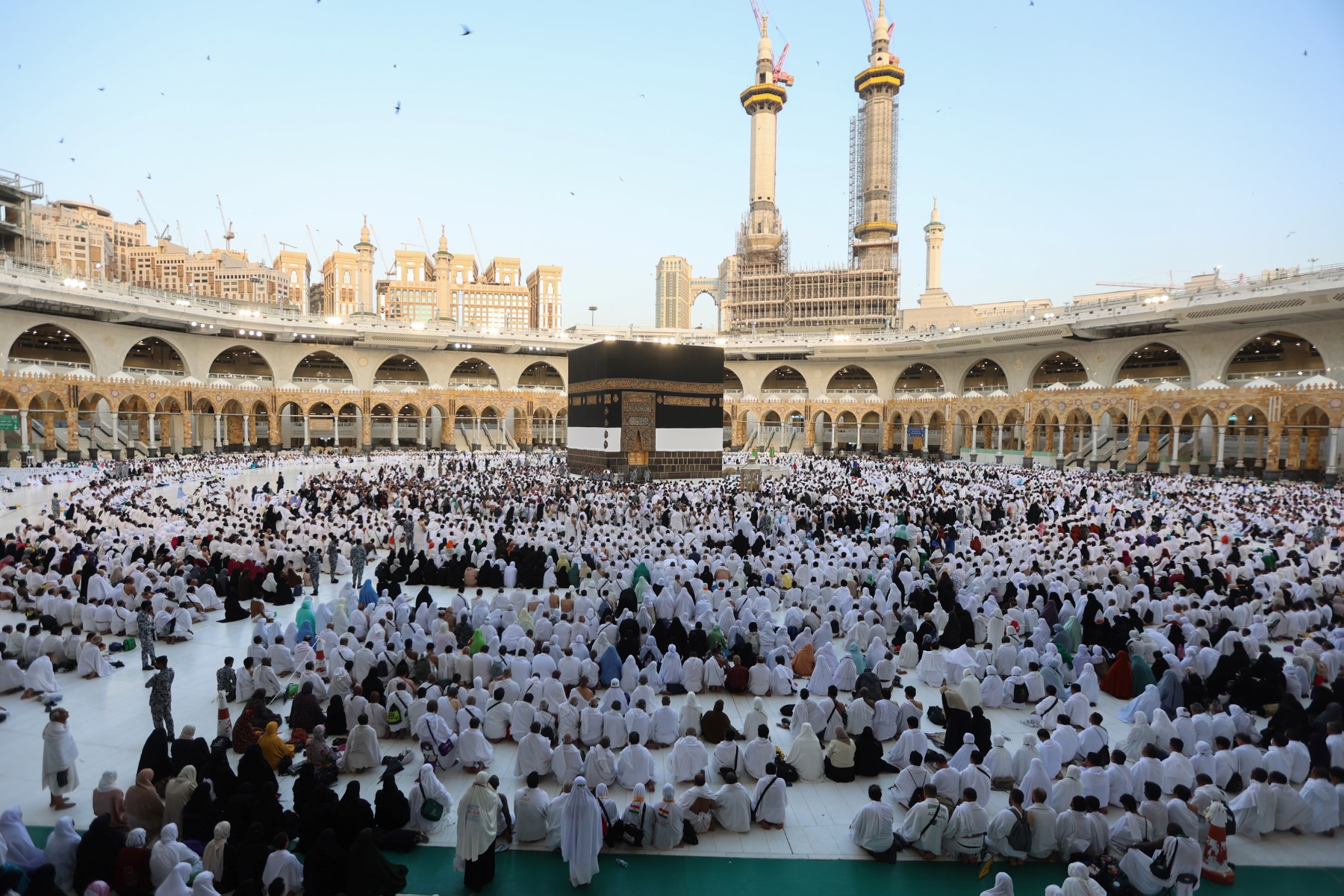The James Webb Telescope Reveals Details of the Sombrero Galaxy in a Stunning New Image

The with a bright core surrounded by a flat disk of dark material, located , on the edge of the Virgo galaxy cluster.
It has a and is impressive not only for its gigantic size but also for its . It is positioned almost perfectly edge-on from our line of sight, .
This iconic galaxy by NASA’s James Webb Space Telescope in mid-infrared wavelengths using its Mid-Infrared Instrument (MIRI), and also by NASA’s Hubble Space Telescope in visible light.
But now, using its NIRCam (Near-Infrared Camera), .
In the new near-infrared image (shown at the top of this article), you can clearly see are also visible, where cosmic dust acts as a partial veil, blocking some of the starlight escaping from the inner regions.
The galaxy’s distinctive dust disk is not as pronounced in this new NIRCam observation from Webb compared to the previous Hubble image. This is due to a fascinating property of infrared light: its than visible light. As a result, .
It is also possible to identify , although not necessarily at the same distance. Some of these stars show a distinctive reddish color, identifying them as (stars in advanced stages of evolution).
The image also shows a with , such as the distance separating us from these remote objects.
The galaxy enables the study of its structure and evolution. It has features that make it a particularly valuable case study.
As mentioned before, its orientation relative to Earth allows astronomers to simultaneously examine its central bulge, disk, and outer halo—the three fundamental components of galaxies, which are rarely seen so clearly in a single celestial object.
Webb Telescope Reveals Hidden Secrets of the Sombrero Galaxy in a Stunning New Image. June 4, 2025. Space Today.
NASA’s Webb Rounds Out Picture of Sombrero Galaxy’s Disk. June 4, 2025. NASA.











